Wendell & Wild director Henry Selick shares details, insight, and more from the set visit for the new stop-motion animated film. Selick is the director of other stop-motion films like A Nightmare Before Christmas, James and the Giant Peach, and Coraline, and is heralded as a master of the craft. Wendell & Wild is his first new feature in 13 years and his first venture with a streaming debut on Netflix.
The film stars Jordan Peele and Keegan-Michael Key as the titular characters, with Lyric Ross (This Is Us) playing the lead protagonist, Kat. Additional cast includes Angela Bassett, James Hong, Tamara Smart, Natalie Martinez, Tantoo Cardinal, Gabrielle Dennis, Igal Naor, David Harewood, Maxine Peake, Ramona Young, Sam Zelaya, Seema Virdi, Gary Gatewood, and Ving Rhames.
While visiting the set of Wendell & Wild in Portland, Oregon in late 2021, Selick sat down with select journalists to answer questions and provide insight into his latest project, shining a light on his mysterious new Netflix endeavor. Selick talked about everything from the original concept of the film, how Key & Peele became involved, working with Netflix for the first time, the PG-13 rating, sequel potential for A Nightmare Before Christmas and Coraline, and much, much more. Read his full interview and comments from the Wendell & Wild set below:
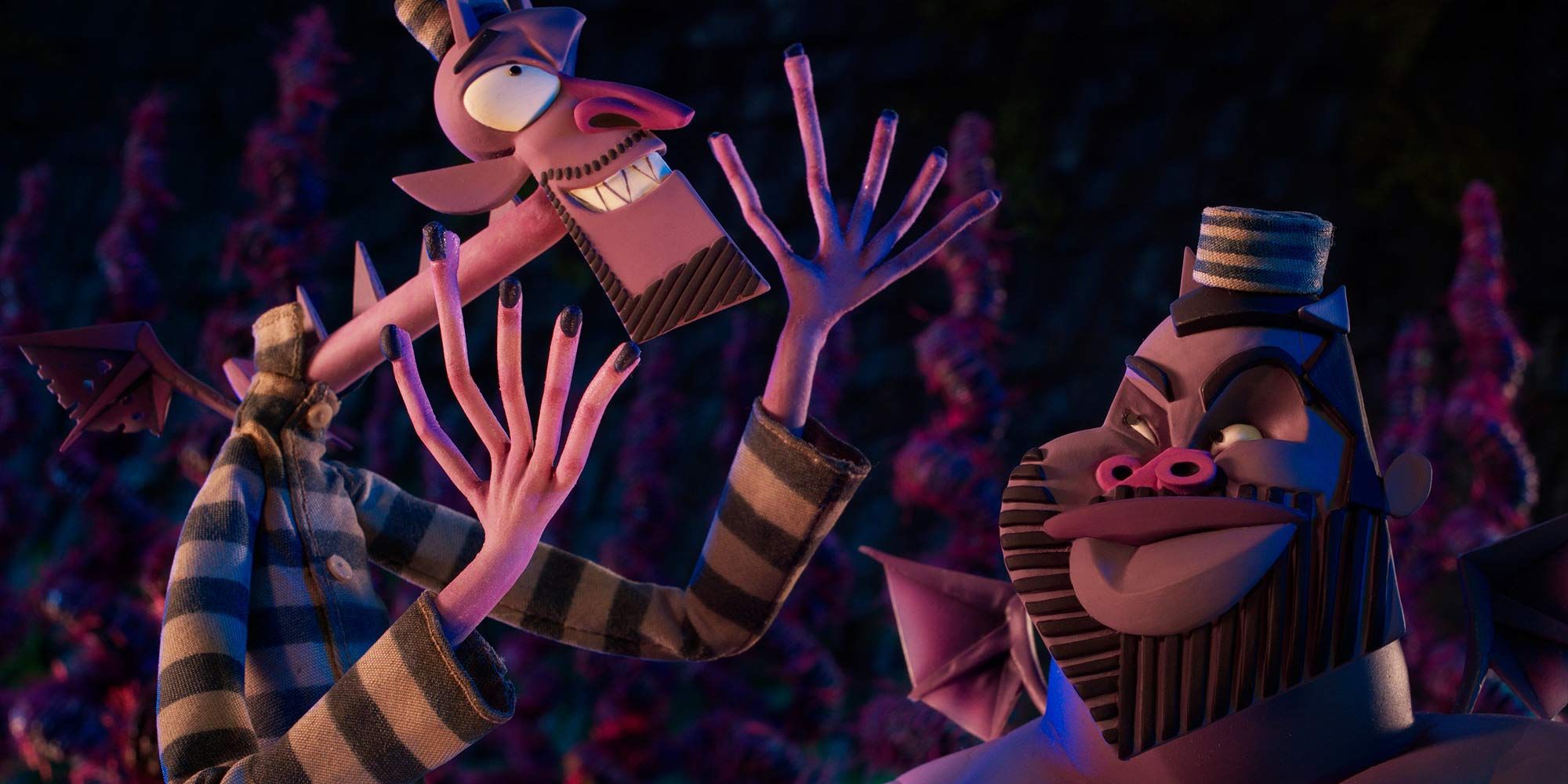
What Inspired Him To Work With Key & Peele:
Henry Selick: I was so impressed by their work, so I said, “What the hell! I’ll reach out, they probably don’t know who I am or anything else,” but I wanted to work with them, because I’m not known for comedy in my films. I mean, there’s always comedic elements. But, I really had this desire, “Wow, I’d love to work with them and bring what they do into a project that I’m on.”
So, I reached out and they both got back and were interested in doing something. But Jordan wanted to actually meet face-to-face… He wanted to do more. He wanted to know about ideas. Wendell & Wild is the one that I was thinking. Cause when I saw them, it seemed like a Key & Peele skit almost. That they could be these siblings who are demons, but have very human weaknesses and desires. So, I shared my pages and talked it through and he got real excited and basically said, “I want to be involved creatively. I’d like to be a producer.” He was just starting up his new company Monkeypaw.
On The Design Of Wendell And Wild:
Henry Selick: And that’s really the genesis of the project. We worked on the story together. I reached out to a really great artist, Pablo Lobato, who’s an Argentinean known for his fantastic caricatures that are silly. And, Pablo had done some character designs, because I wanted Wendell & Wild demons to look a bit like Key & Peele. So, we put together a basis of a story, there are a lot of great things that Jordan contributed. All the basic characters were there, but he felt the protagonist should be different. He added all sorts of great things to the characters in the story.
How Get Out Helped Get Wendell & Wild Made:
Henry Selick: It was two weeks before his first feature film, Get Out, is gonna be released and he says, “We gotta go out and pitch it now, we gotta go out now, because what if Get Out is a failure?” I said, “Look, you’re too nervous to do this. We just have to trust that it’s gonna work out.” And then, Get Out’s this amazing hit, because it’s such a good film, and then suddenly all doors are open.
We knew that our film was gonna be unusual and we weren’t going to pitch it everywhere, just a handful of places, Netflix being the number one place we felt would give us the creative support for something unusual. And, that would also support stop-motion film, because you know, stop-motion has always been the stepchild of the animation industry. It’s just never been as successful as the big CG films and so forth.
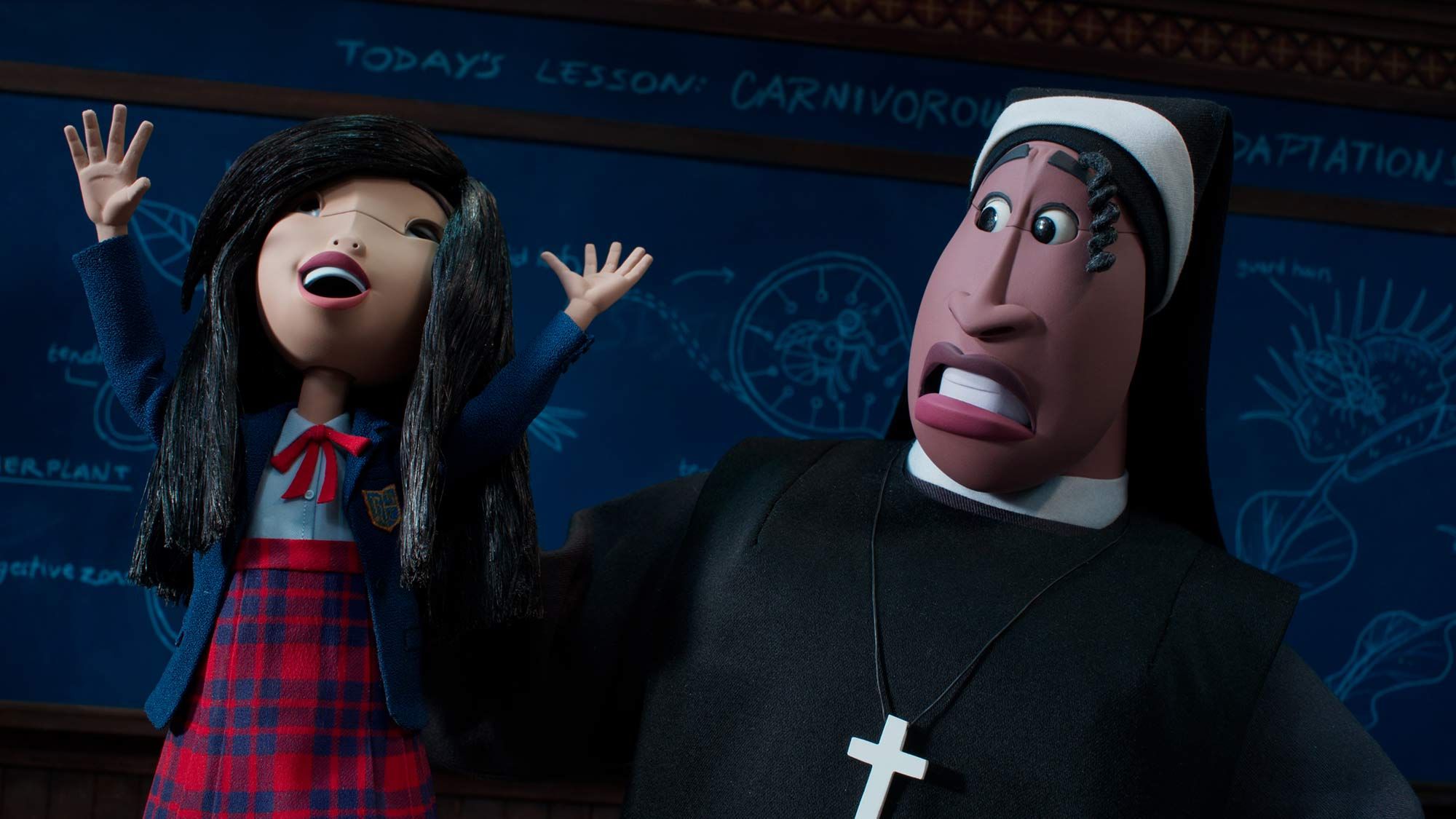
On Embracing The Flaws Of Stop Motion Animation And How It Benefits The Film:
Henry Selick: Why do stop-motion if it’s gonna end up looking like CG? I did Coraline over at Laika as its first film. I mean, I helped put the studio together and it was the first film to use 3D printed faces. Instead of having to hand sculpt everything it would be a savings. But, even then I wanted to do as much work in-camera as possible, so there’s hardly any special effects added to it. There’s one brief CG scene, but none of the characters are CG. I still believe in that. If it’s gonna be stop-motion, it should look like it, with the flaws that we get.
Even then, we perfected this idea that printing all these faces, let’s print uppers and lowers, because then with ten uppers and ten lowers you can combine them in different ways and you could have fifty different expressions. Angry on top, smiling below. So, it created a big seam-line, and even on Coraline I wanted to leave that in. It was actually Phil Knight, the guy who was funding the studio, the owner of Nike, that just freaked out over it. It just troubled him too much. Eventually on the film Anomalisa, which I really admire, they left seam-lines on the printed faces. It’s a big cost savings, I think that’s mainly why they did it. On this film, the seam-lines are there, because I think people will watch it and within five minutes they disappear, because you get invested in the characters. There’s mistakes. The audience has to work a little more for them to believe in what they’re seeing. Not so much that it feels like work, but I think they become more invested if they make the effort, and I want them to, then the film becomes more a part of them.
It’s not all lubricated imagery, perfectly done, that’s just like every other Hollywood CG film. They are virtually, in my mind, all the same look. All the films from all the different studios. Some are better than others, story-wise, character design-wise and there’s some amazing films. But, they’ve really settled in for a look and characters that are almost interchangeable.
On The Hand-Made Qualities Of Wendell & Wild:
Henry Selick: We really rely mainly on old-fashioned technology and at the center of it all it’s humans performing through the puppets in a straight-ahead performance, that’s not like any other kind of animation. Bottom line, if it doesn’t look like what it is, then I’m not interested. It’s a battle all the time. And people are shocked sometimes when I say, “No, it’s great. It’s good. That’s not a mistake. It’s fine.”
You can be the judge of how well it works, but I think it works really well. This movie is not as slick and perfect as even Coraline, but I think that its story and characters are so compelling. There’s been decades now of, I just got lubricated imagery, so being more obviously hand-made with bumps and lumps, I think it’s a real plus. We will stand out as something very different.
Selick Compares Working On A Nightmare Before Christmas To Wendell & Wild:
Henry Selick: I started out at Disney in a trainee animator program and became an animator before there were any CG movies, when it was all hand-drawn. I dabbled in stop-motion, I did a personal film on the side that had some. In the end, I had left Disney, but then because of Tim [Burton] coming to me to direct Nightmare Before Christmas for him and Disney I went back with them.
We were really spoiled because of Tim Burton’s success at that time. It was a gift doing that film as a stop-motion film on a low budget. It was a gift to him to get him to come back and do big movies for Disney, which he eventually did many days later with Alice in Wonderland. There was no creative interference at all. Jeffrey Katzenberg was still at Disney back then, and I’d get a few notes and I’d ask Tim, “Well, what should I do?” and he said, “Well, if they work, use ‘em, if they don’t, forget ‘em.” I thought that’s how all movies were made. It’s crazy. Cause the stakes weren’t that high, and I had a crew of people that were just so happy to work on our feature.
Doing Wendell & Wild is the closest in terms of the atmosphere of the crew’s excitement for the project, it’s the closest I’ve come since Nightmare for that same kind of feeling amongst the crew. After that it was harder, I did a film called James and the Giant Peach which had live-action bookends, but this was Disney getting a lot more involved and suddenly a lot more energy was being sucked up into the politics of it.
The Experience Of Making Coraline And The Importance Of Creative Support:
Henry Selick: It wasn’t until Coraline that I found a path, first-time feature film for a new studio, and they supported me very well. They maybe didn’t know any better. But, it was great. I got total creative support. The biggest pushback was from distributors. Focus Features were known for being indie and taking chances, but in the end they were cowards when it came to animation. They wanted it to be like a regular cartoon. So, I had some battles there.
It was really hard to make Coraline, but [I] absolutely got onscreen the exact film I wanted to make. And it’s never about, “Oh, it’s all my ideas.” No. I get to choose, though, when you collaborate. Somebody has to say “That fits, that doesn’t.” Sometimes you know right away, sometimes it takes two weeks to realize, “Man, that was a great idea. It’s not too late is it?” No, it’s animation, we still have time. So, that was full creative support.
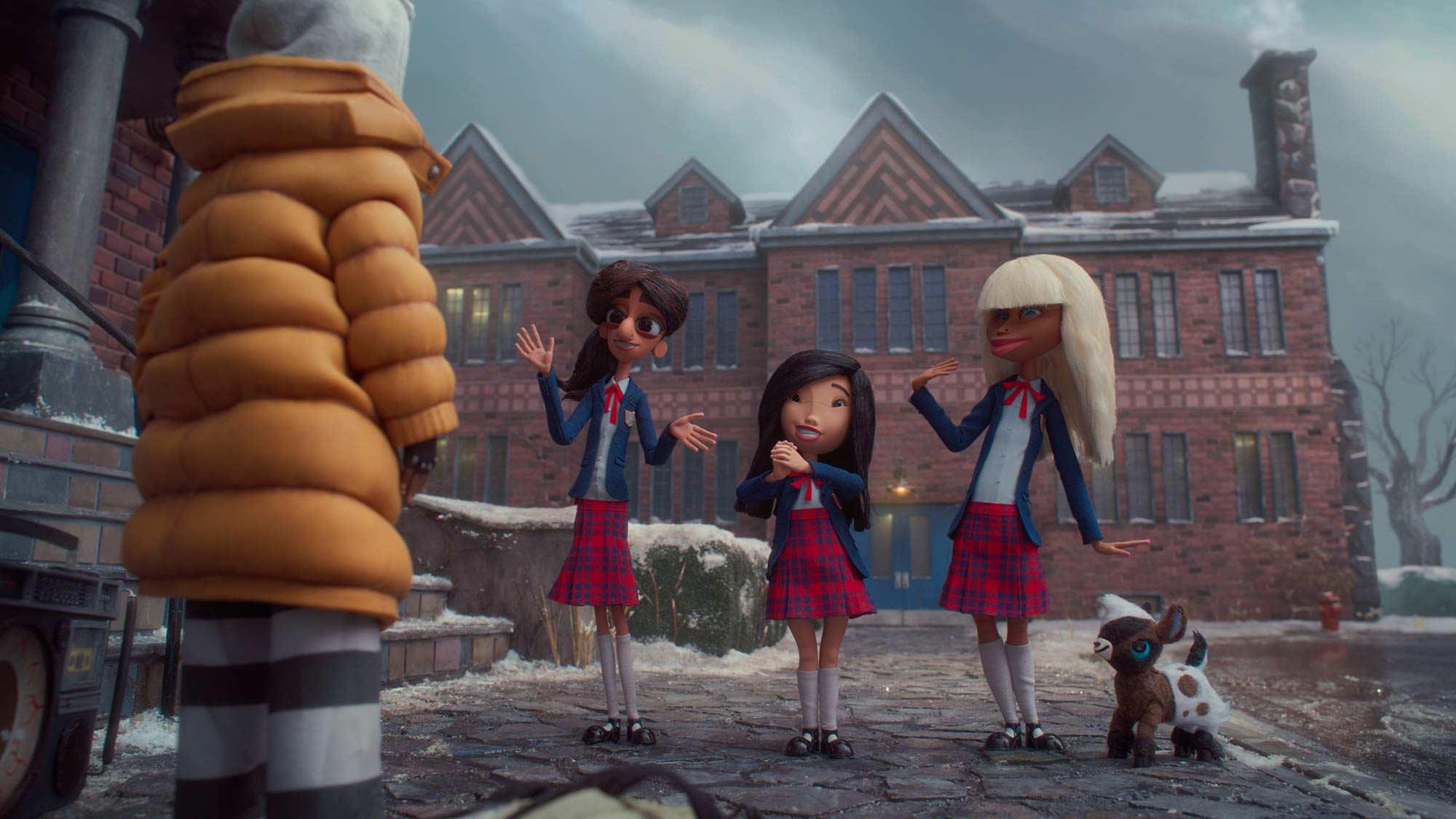
How Netflix Greenlit The Project And How It Affected The Final Film:
Henry Selick: We had to do a test. [Netflix] wanted to see what it looks like; what it’s gonna be. So, they paid us to do a test over a summer down in L.A. We built some of the initial characters, and I wrote a scene and wanted it to be [that] if it worked out, it could be used in the actual film. I didn’t want to waste money, so most of that test is in the movie. It’s crazy and risky and funny. We hoped they’d like it, and they did.
And so, the main thing I got from that moment on after that test was that we’re making the film and you’re not gonna just keep jumping through hoops. That right up front, if they believe in it, they’re making it. Whereas development at most other studios, it’s always hurdle after hurdle after hurdle, with plenty of people along the way who want to step in and say “no” because then they don’t risk anything.
How Wendell & Wild Went Through Hell And Back To Get Made:
Henry Selick: Netflix was great right from the start, in terms of [how] they stuck to their word. “If we say yes now, that means we are making the film.” And we have been through hell and back on this, in terms of interruptions from Covid; we had forest fires in Oregon that they’ve never had before that actually threatened the studio. There had to be a puppet rescue. All the puppets were put in cars and taken away when the smoke was getting close. The idea was that if the studio burns they can rebuild the sets, but we can’t replace the puppets; they’re very labor intensive. We had this thing called the Heat Dome—once in a thousand years it was the hottest place on Earth—here in Portland, for a few days. It was like 116 or 120 [degrees]. We went through a lot.
We said, “Oh, man, Netflix is gonna stop the movie now. How can they possibly keep supporting?” But they never did. They always supported us. When we had to shut the studio down for Covid initially, before we learned to live with it. They paid everybody, even if they couldn’t work from home. They don’t like the cost overages, but they were willing to not lose the crew. So, we did find an amazing level of commitment to us and the movie. It definitely added a year/year-and-a-half to the schedule and money.
How Selick Compromised With Netflix Kids And Family To Make The Film He Wanted:
Henry Selick: Creatively, there were some adjustments when we set up our movie and then the animation executives were hired after that. We set up our movie that it could PG-13 if we felt we wanted it to be. After that, Melissa Cobb and Greg Taylor and some others were hired to head up Kids and Family and they had years and years of Dreamworks experience and making Dreamworks types of film. So, I’d say we had a year of getting in tune with one another of them doing their best to respect this isn’t like a Dreamworks film at all, but me trying to take from them the good suggestions, and they had plenty.
That was an adjustment period, but we ended up getting to a really good place. In a way, I got more creative input than I’d had than say Nightmare Before Christmas or Coraline, but it was good for the movie, because they were doing their best to be in tune with what we’re doing and not turn us into a Dreamworks type film.
On The Initial Potential For A PG-13 Rating:
Henry Selick: We’ll go before the ratings board. I doubt it. We could turn it into PG-13, I guess, if one character says “fuck” in a non-sexual way. I don’t know what the rules are anymore. It’s a comedy, fantasy, tragedy; it’s all those things. But, I don’t think it’s ever as scary as Coraline was. Coraline gets really scary at moments, and that was rated PG. I doubt [Wendell & Wild] will be PG-13.
Although, part of me always wonders, “Wouldn’t more kids want to see it if it’s PG-13?” Cause everybody wants to see the forbidden fruit. *Note: Wendell & Wild is now rated PG-13
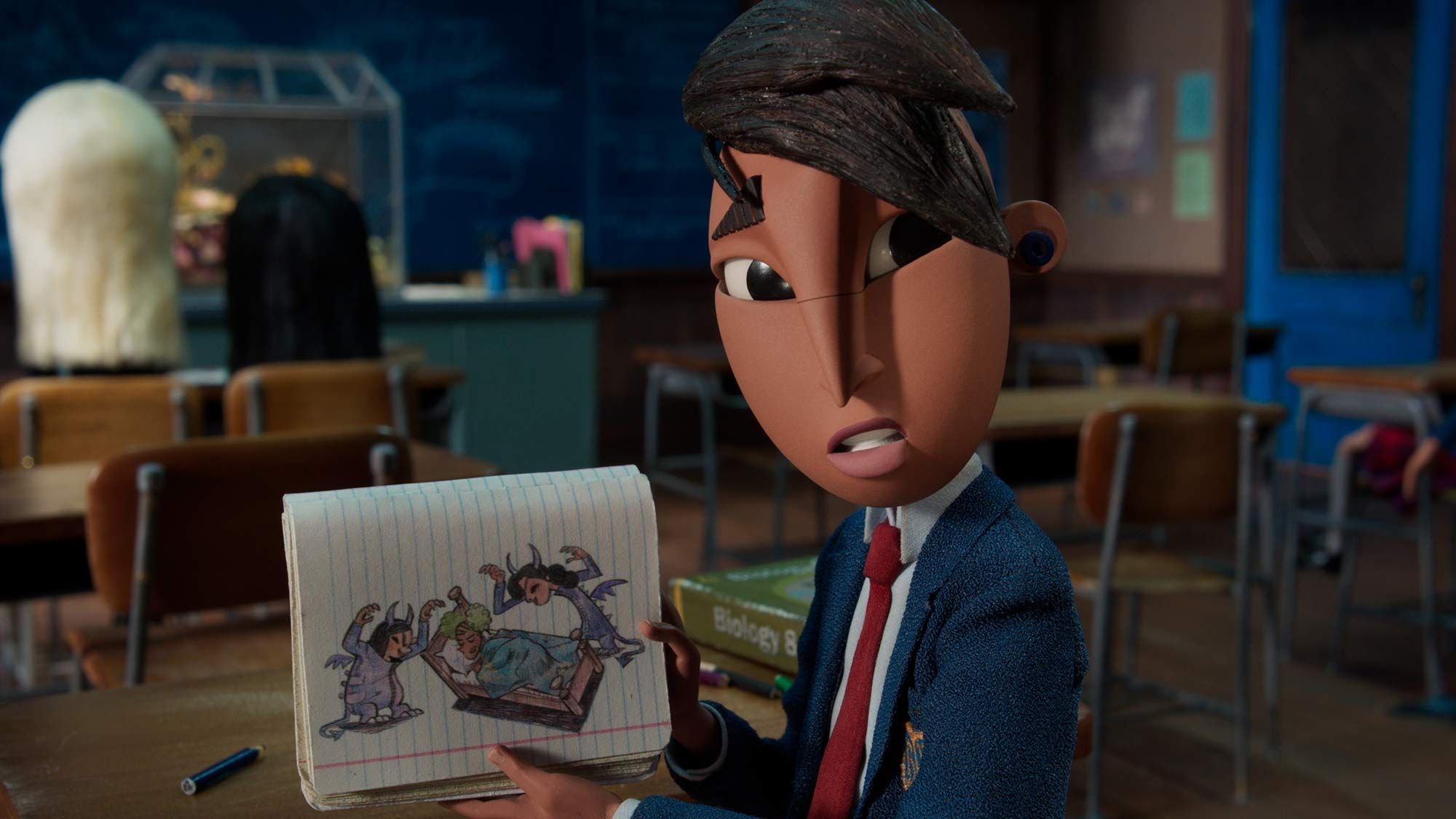
The Themes Of Wendell & Wild Explained:
Henry Selick: Thematically, one is the old, “Don’t judge things by the cover.” Like, what’s truly evil? Who are the villains in this film? It’s not who you might expect them to be. It’s about resilience. Kat, the protagonist, she’s gone through some hellish experiences, probably punished too hard for her reactions to those experiences, and it’s about finding a way out from that shell of anger. Shining a light that there can be a path.
It’s also the old, “careful what you wish for”. The thing that you absolutely believe will make you happy and everything will be happily ever after when you get it, it never works out that way. You have to be prepared; “Oh you get that thing? Well, it’s not going to change your life the way you thought it was going to.”
It’s also about community. That community requires the participation of the people who live there to make it a community. You can’t just stand back. And that’s something that Kat has to learn. When we meet her she doesn’t care about anything. She wants no friends. She’s built this shell. Those are some of the thematic elements. And, it’s a pretty common theme, but families aren’t made necessarily by blood. You can make a family out of other people than blood relatives and you just have to be open to it.
Would Selick Make A Sequel To A Nightmare Before Christmas Or Coraline?
Henry Selick: People have always wanted a sequel for Nightmare and Coraline. If there’s a good story, it might be worth doing. But too frequently, sequels are just a remake of the first film with some mild changes.
On The Lasting Quality Of Stop-Motion Animated Films:
Henry Selick: I do stop-motion. Hopefully, people like it. The good ones, the films last. They don’t get old, because they’re already old. It’s already an ancient technology. It’s like old magic, but I think it’s strong magic. So, I think the best ones have really long shelf lives. There’s still new little kids wearing Nightmare Before Christmas stuff. They’ve made over a billion dollars in merchandising off of that like 12 years ago. No, I don’t get any of that. But, Tim Burton sure does!
Selick Comments On His Future Projects And How Netflix Will Benefit Wendell & Wild
Henry Selick: I want projects that are timeless, I don’t want to be safe, I want them to break new ground stylistically and visually, and tell stories that aren’t necessarily told in Hollywood animated films, the big CG films. The best thing about Netflix to me, is that you have an audience around the whole world and you’re going to find fans around the world. I think that for all the downside of the Internet, the upside is that you can find your allies. They don’t have to live in the town you’re in. Online you have your groups and they’re strong connections. So, I hope that [Wendell & Wild] stirs up a lot of chatter and discussion and so forth and a desire to see more.
Wendell & Wild Synopsis
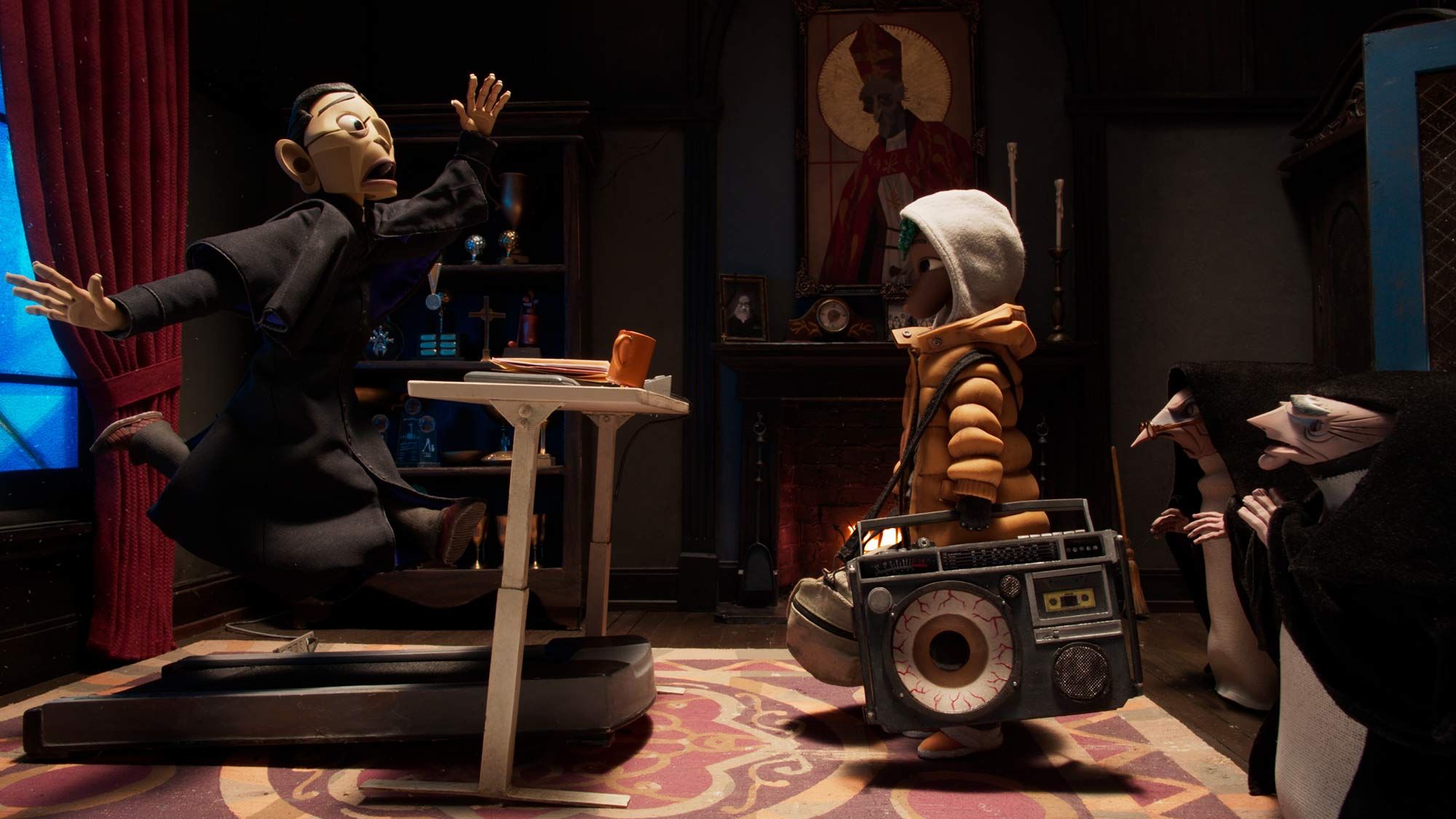
From the delightfully wicked minds of Henry Selick and Jordan Peele, comes Wendell & Wild, an animated tale about scheming demon brothers Wendell (Keegan-Michael Key) and Wild (Peele) who enlist the aid of Kat – a tough teen with a load of guilt – to summon them to the Land of the Living. But what Kat demands in return leads to a brilliantly bizarre and comedic adventure like no other, an animated fantasy that defies the law of life and death.
Wendell & Wild debuts exclusively on Netflix on October 28.




